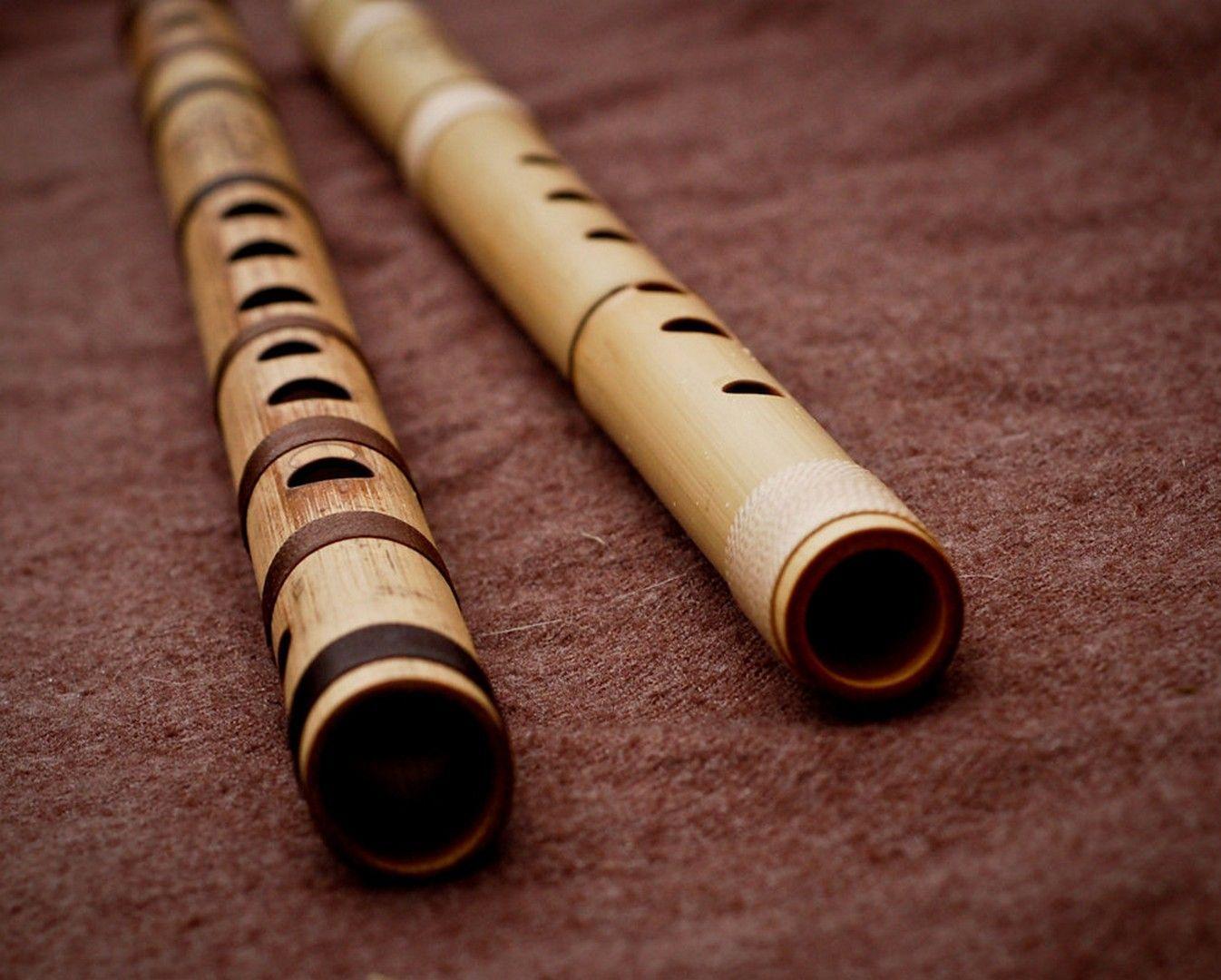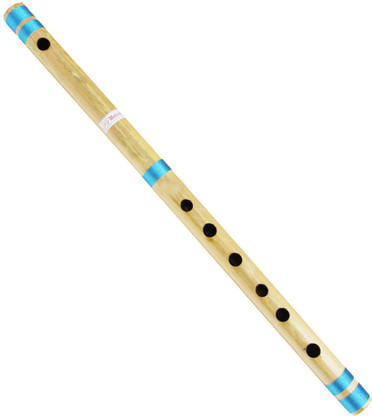

Try bringing your bottom lip forward and your top one slightly back and then do the opposite.

Try changing the position and shape of your lips. Find where you can get the sound by experimenting with the angle.ģ. Use your hands to roll the flute inwards towards your lips and outwards. Try moving the blow hole towards your lips by rolling the flute towards you or roll the flute slightly away from the lips. It actually takes much less air to make the sound so try blowing softly.Ģ. You may be blowing too hard - in fact most beginners blow much too hard to try to get a sound - do not blow as hard as if you were blowing out a candle. If you are unable to get a sound after some time (and most people do not get a sound straight away - this sometimes takes hours, days or more depending on the person) then there are several things you can experiment with to try to get the sound:ġ: Try changing the intensity of air with which you are blowing.

Your lips should be shaped in a similar way as if you were very softly blowing on food to cool it down. You should try to imagine with your mind that you are focusing the air into the blowing hole. Your blowing creates a whirlpool of air in the flute which will create the sound. The idea here is that most of the air you blow should go into the flute, but a fair amount of air will also escape. I demonstrate this in the pictures below: Your bottom lip must then be placed on the edge of the blowing hole nearest to you and will cover about 1/5 of the hole when you blow into it although this varies from player to player. Raise the flute so that the blowing hole is in front of your lips and aligned with them. Of course if you are left handed you will use opposite hands. The idea is here is just to hold the flute up to your mouth so the the blowing hole is under your lips. If you are right handed, then hold the flute in your hands so that your left hand grips the flute to the left of the blowing hole and your right hand grips below the blowing hole to the right although it does not really matter even if you hold it with one hand as long as you are able to hold the flute aligned with your lips. This first step concentrates on getting the sound. It is far more important to get a sound first before we try to cover the holes and learn the notes. To begin with, do not worry about covering any holes on the flute. You are about to learn a truly wonderful instrument. If you accept the fact that it's going to take you a long time to play this beautiful instrument, then you will not become disappointed and your learning will be more pleasurable. Just remember that there are NO SHORTCUTS to playing the bansuri so do not expect to pick up the flute and suddenly play like a top professional. If you have never played a wind instrument before, this can be a very difficult and frustrating task to begin with but you must keep trying, be patient and above all do not give up. However, once you are comfortable with the flute and your ear adapts, you will eventually be able to create your own songs and play any songs you know by ear. Learning Hindustani music takes much longer, even though you should begin learning as soon as you can play the notes. If you have just begun to play the bansuri, it must be pointed out that it can take up to 6 months - 1 year or more for you to be fully comfortable with your flute and to be able to play it effortlessly and that's just talking about the flute itself. This section does not aim to teach Indian music, but instead aims to give you some useful tips in order to help you get used to your flute.


 0 kommentar(er)
0 kommentar(er)
